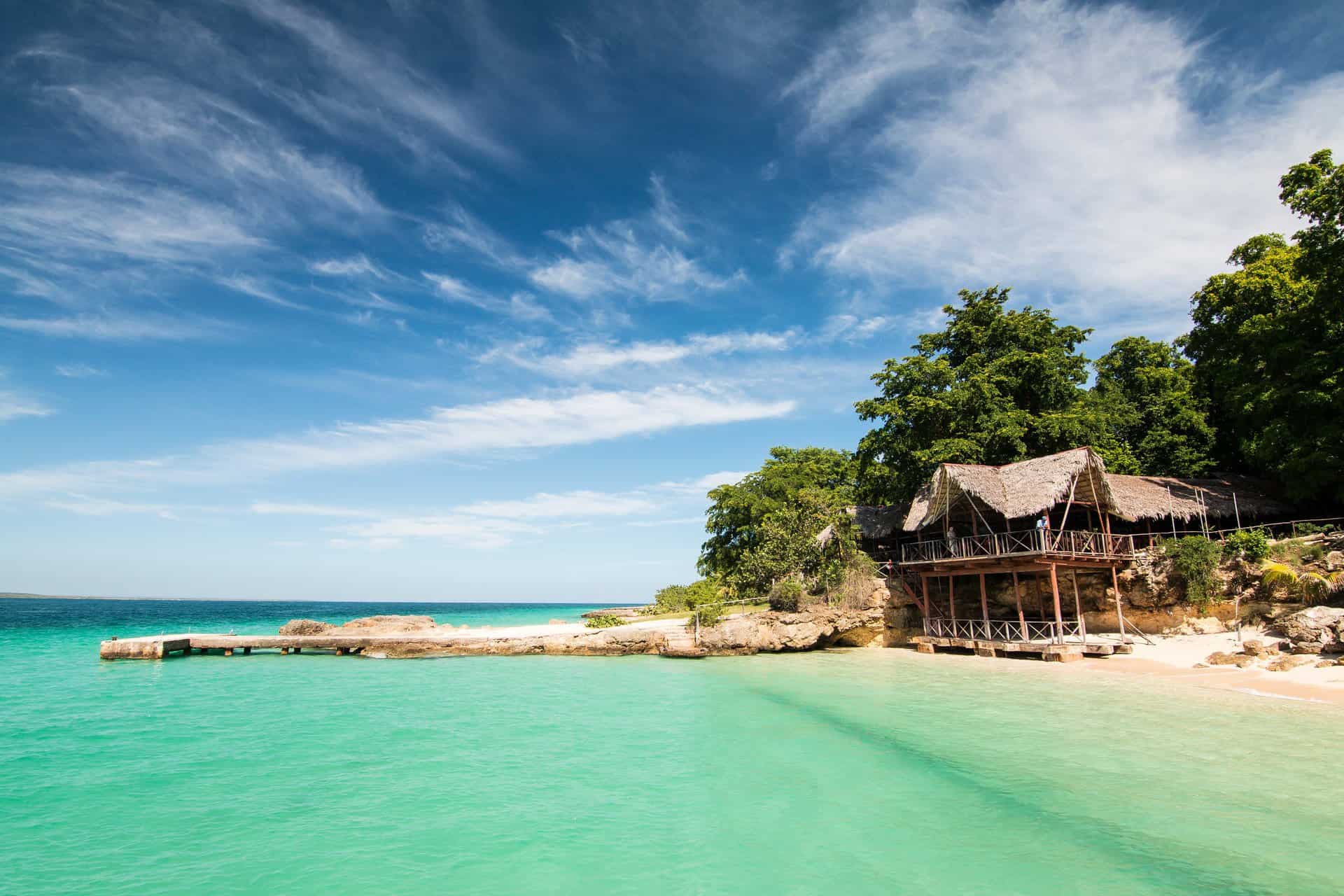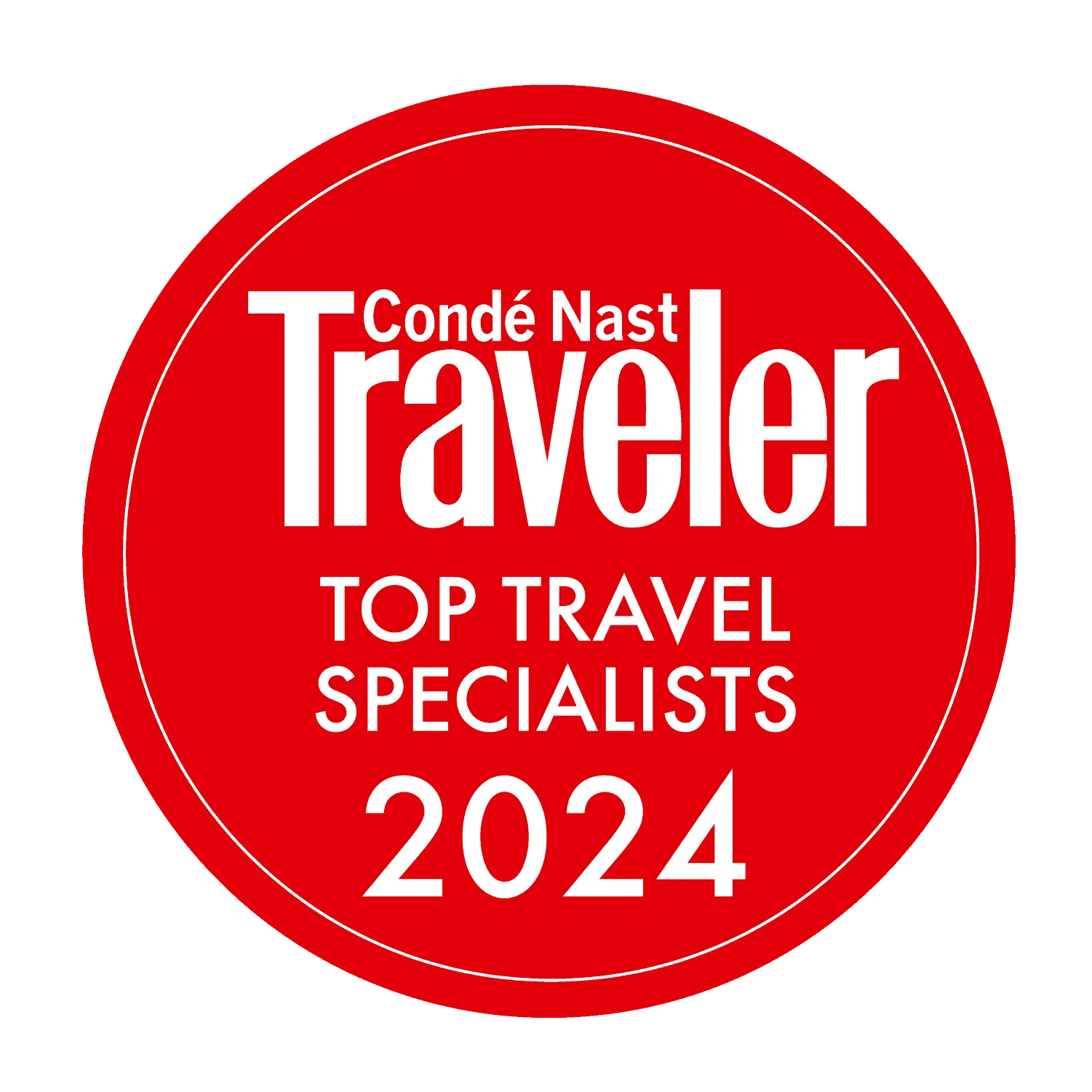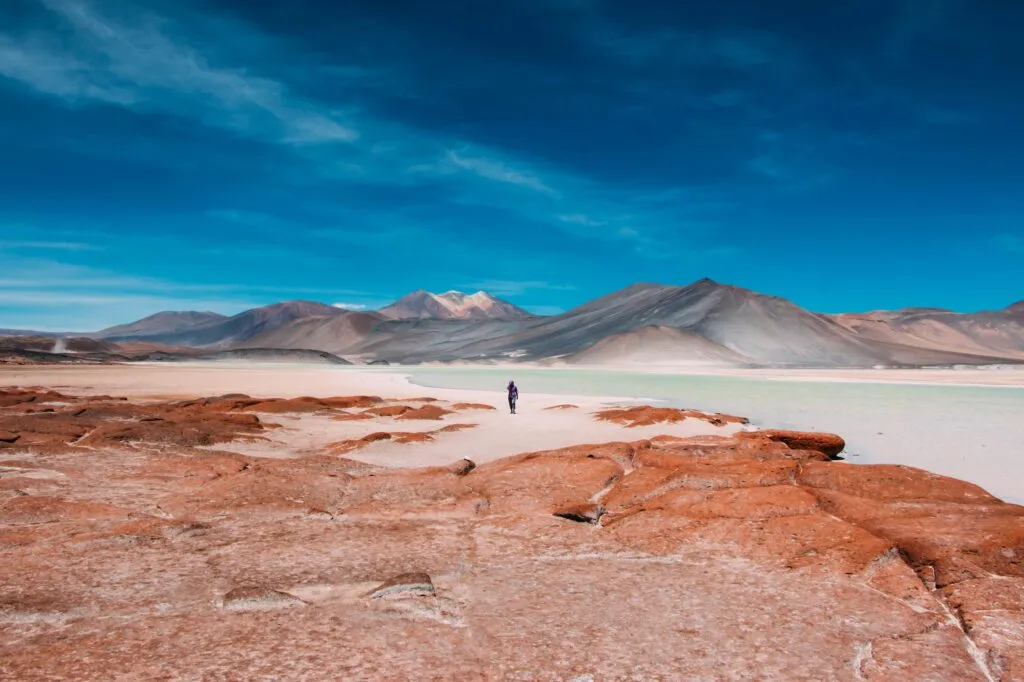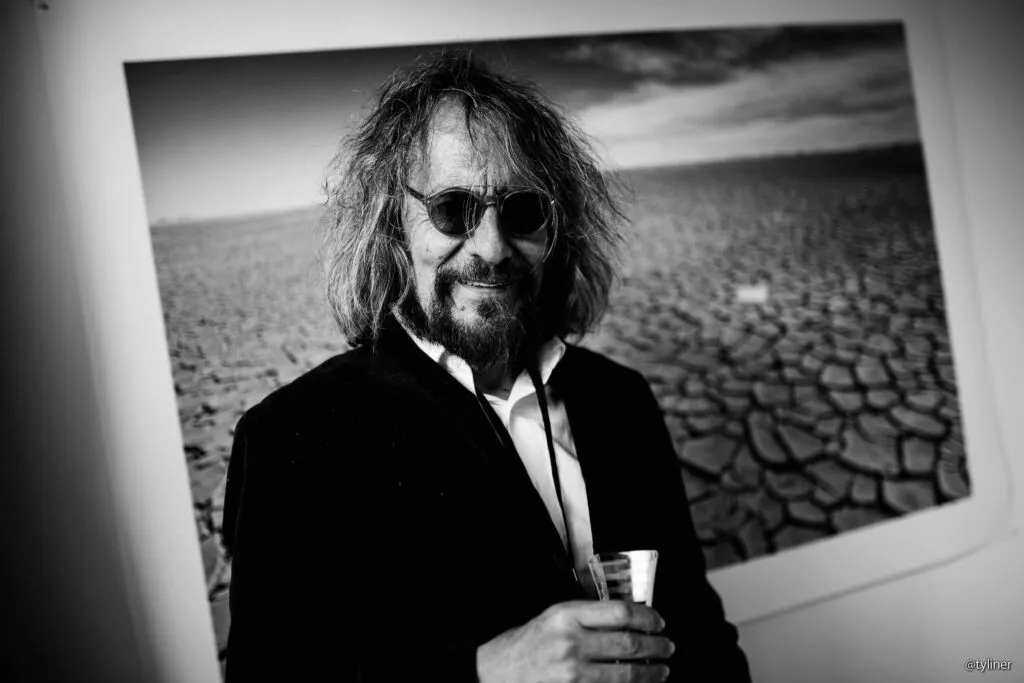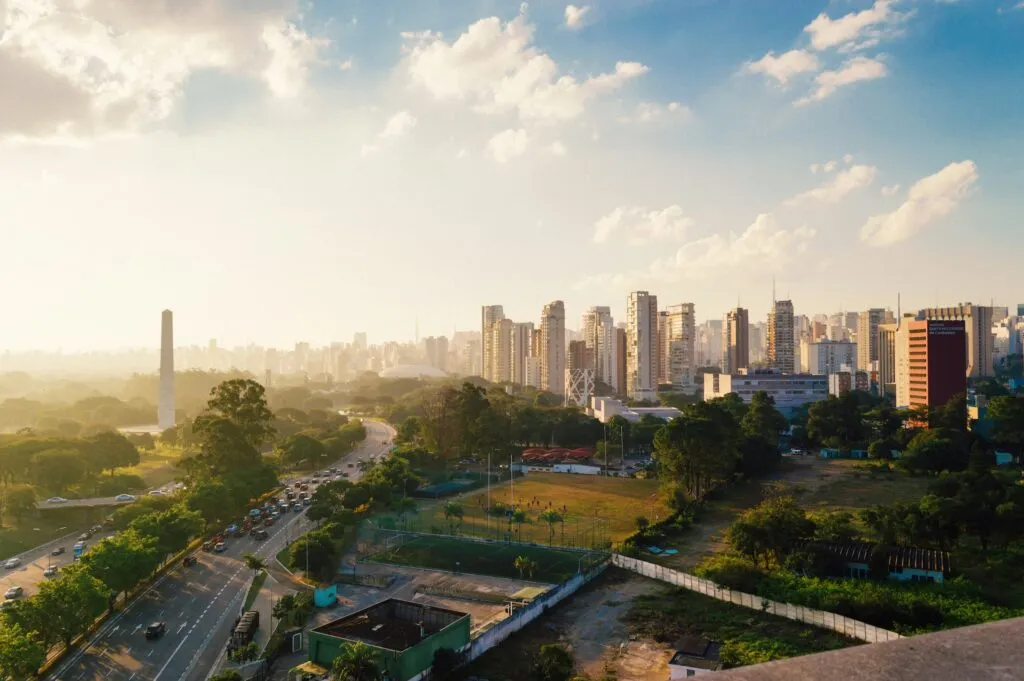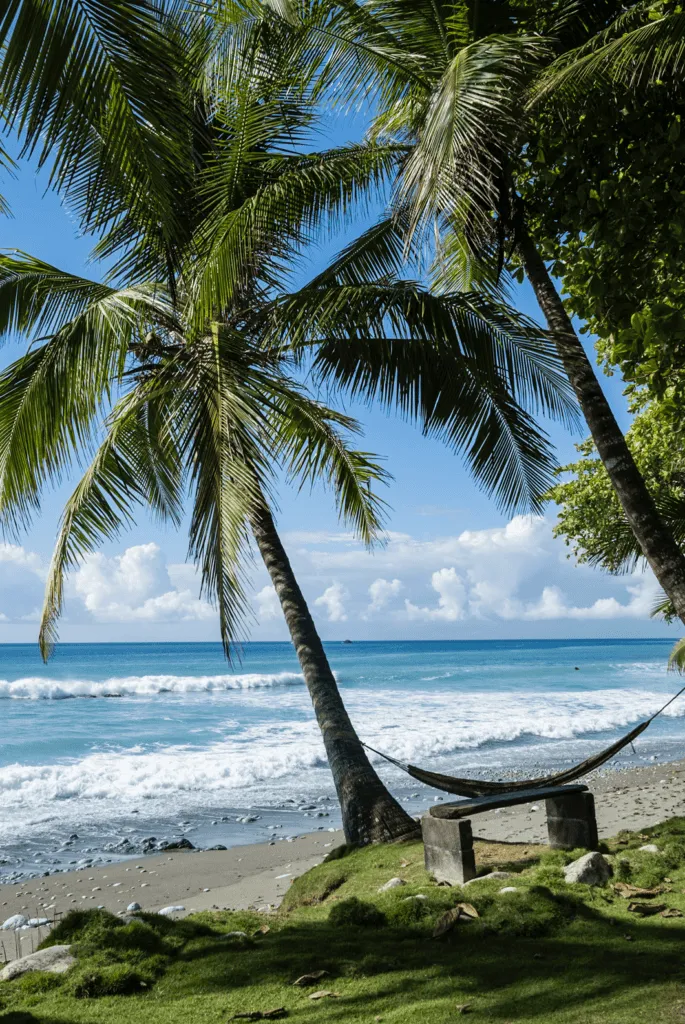
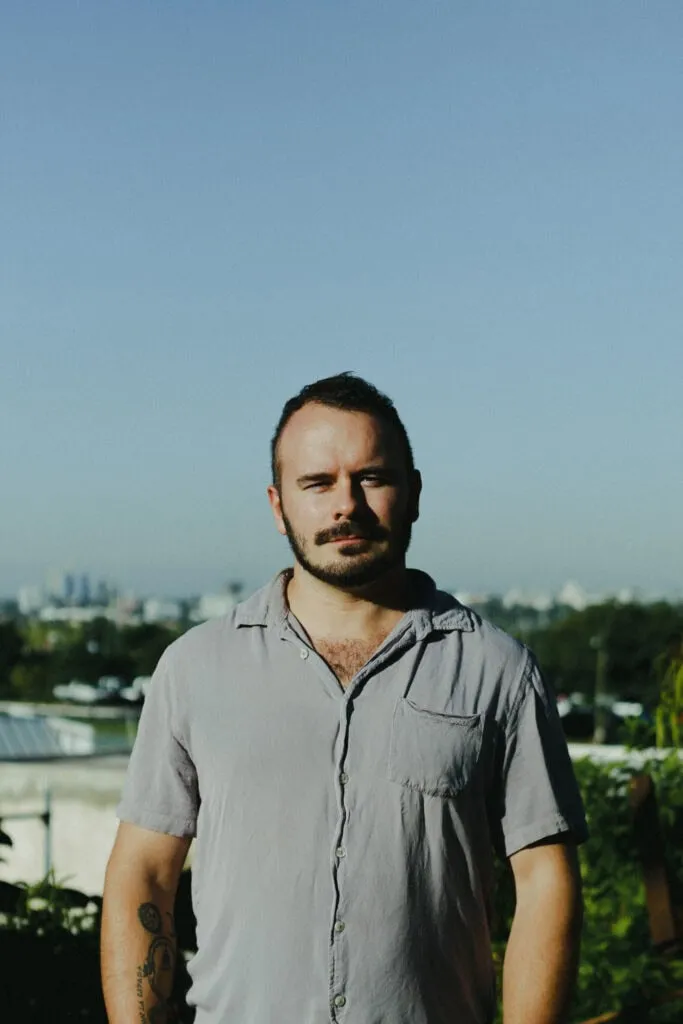
“Laurence Blair’s history of South America, Patria, mixes vivid historic detail with travels so intrepid they could have their own TV series.” – The Telegraph
British journalist and historian Laurence Blair is a long-time contributor to publications such as The Economist and the FT, writing about South American history and politics from his adoptive home of Paraguay.
His first book, Patria: Lost Countries of South America, dismantles the tropes we so often trot out about the continent, unearthing its forgotten forces to tell a fascinating alternative history. We caught up with him about the book, his travels in South America, and what he’s planning next.
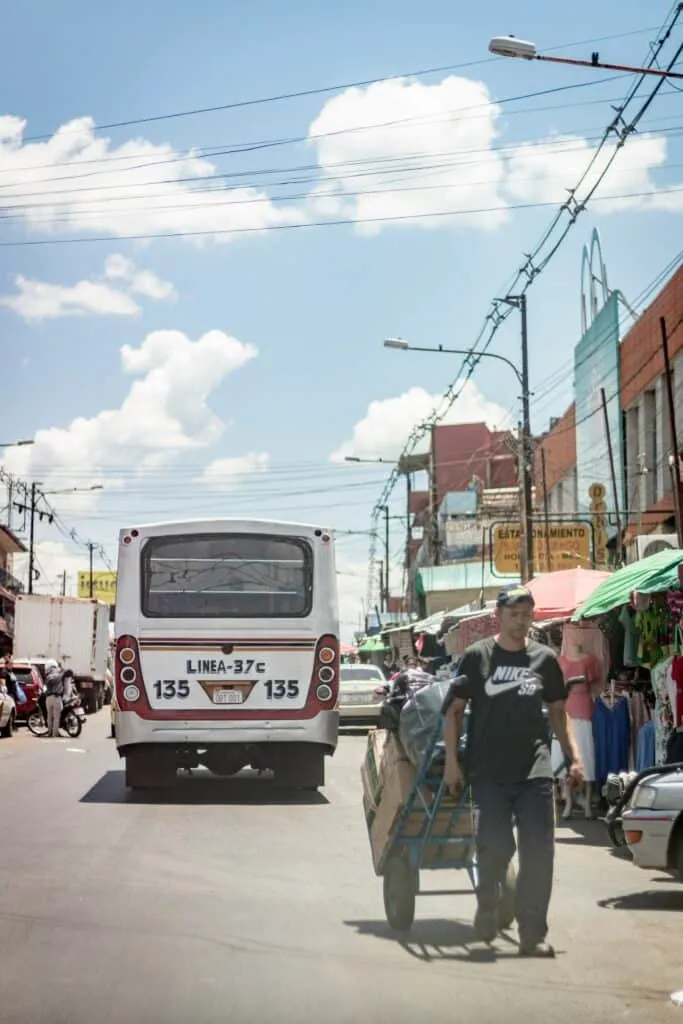
You’re originally from the UK, tell us about Paraguay – what first drew you and ultimately kept you there?
I pitched up here on the bus ten years ago when I was starting out as a freelance foreign correspondent. I was drawn by Paraguay’s tragic, epic history – like the nineteenth-century war that wiped out half her people – and the sense that this was a country-sized Macondo with stories ripe for the telling. Then I fell for its surreal sub-tropical sunsets, harp music drifting from open shutters, the cicadas loud as car alarms. And I’m continually inspired by the Paraguayans struggling against their venal political-landlord class to build the fabled Land without Evil.
It’s a long way from Dorset but I still feel like I’ve only scratched the surface. I’m going where sore losers go / to hide my face and spend my dough. That was Iggy Pop’s take in Paraguay. But I’ve never felt like the place was a consolation prize.
What was your inspiration for writing Patria – how did the project come about?
The genesis of the book was a visit I paid to a tiny base belonging to Bolivia’s landlocked navy in the Pantanal, the world’s largest tropical wetland. That was the basis for a reported essay on Bolivia’s quest to return to the ocean after losing its only coastline to a Chilean invasion 145 years ago.
The piece won an essay prize run by the FT and Bodley Head: now my publisher. I wrote a proposal for a wide-ranging book on South American history, which they commissioned. I knew the themes (loss, transience, memory, the perilous allure of the past) I wanted to explore. But it took time to find the thread that connected the places I was interested in: they were all in some way vanished, dismembered or half-imagined nations.
Your research for Patria took you to some of South America’s wildest corners. Tell us a little about your travels and any particularly memorable moments or encounters.
I knew from the outset that I couldn’t tell this story from the archive or library alone. I hiked for a week over the Andes in the footsteps of an 1817 revolutionary army made up of formerly enslaved soldiers. I hung my hammock in a ferry going down the Amazon, stopping off to meet the archaeologists delving into the rainforest’s ancient history.
Perhaps the most strangely moving encounter was with a solitary watchman responsible for one of Peru’s tiny guano islands. Augusto spent months at a time on this ghostly, post-industrial archipelago with half a million seabirds and their droppings and a fake wooden rifle to ward off poachers and guano thieves. But he was pretty content, and almost fatherly in his concern for his feathery charges.
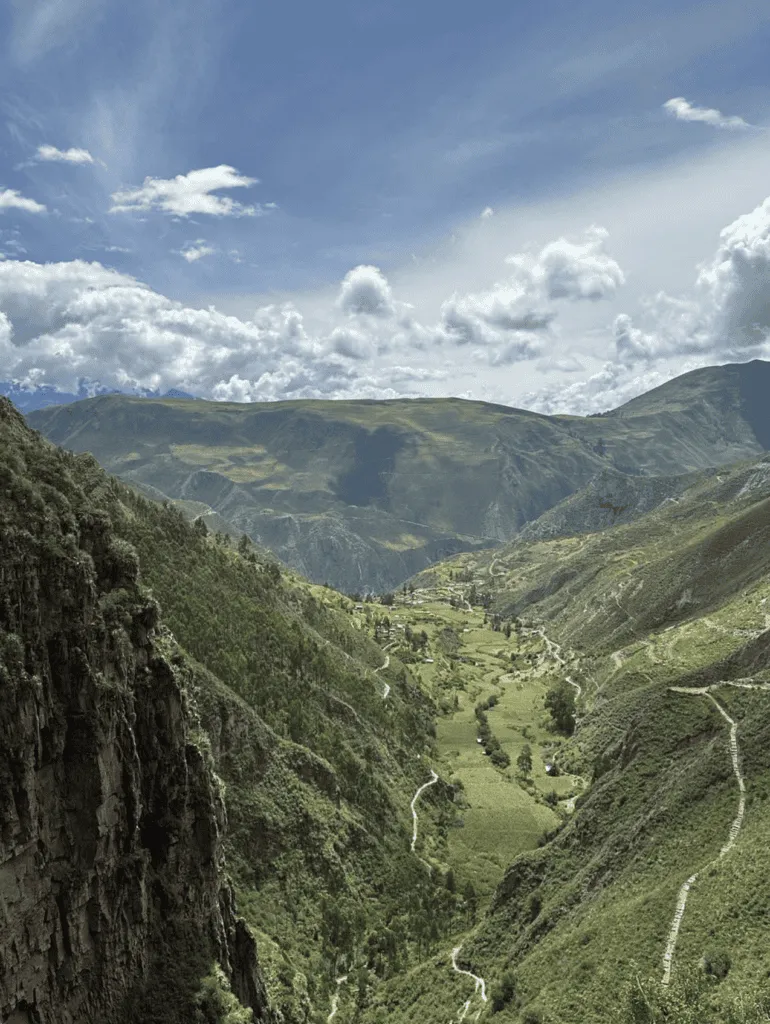
South America is known for its complex history and rich cultural diversity. How did you navigate the challenge of balancing such a vast, varied narrative?
In as much as the rest of the world thinks of South American history, it’s mainly through the “guns, germs and steel” framework: a story of native civilisations being swiftly crushed by Iberian colonisers.
I wanted to flip the script on that and bring to the fore several of the polities that held European rule at bay for centuries: like the Mapuche, who ruled a vast Patagonian realm until the 1870s, or Palmares, a powerful kingdom of fugitives from slavery that resisted in the forests of northeast Brazil for over a century from 1600. And in many cases, their afterlives have proved influential on revolutionaries and activists to this day.
You’ve spent years immersed in the region. How do you think your perspective as an outsider helped or hindered your research and storytelling?
It’s impossible to fully shed your baggage and biases as a foreigner from the rich world. There are complexities you’ll never completely grasp. But perhaps there is something to be said for coming at the subject with fresh eyes, having not grown up with the nationalist, “great men” version of history.
I’ve tried to use my privilege to access interesting people and places, to shoot straight, and to tell the story through South American sources: be it painted pots from “lost” pre-Columbian cities, letters dictated by Inca rebels, or conversations on the road with Venezuelan refugees.
How do you think South America’s political landscape will shift in the next decade?
With a few exceptions like Lula in Brazil or the Frente Amplio in Uruguay, the left is in retreat. Progressive leaders have largely failed to shield their people from post-pandemic economic turbulence and the spread of transnational violent crime. Like it or not, the state-slashing Milei model and the Bukele playbook of locking (suspected) criminals up and throwing away the key are proving wildly popular. Imitators are proliferating across the continent.
The big unknown is Trump 2. Will his threats of invasion serve to unify the region? Or could Latin America prove an ally as the US seeks to nearshore supply chains away from China? Time will tell.
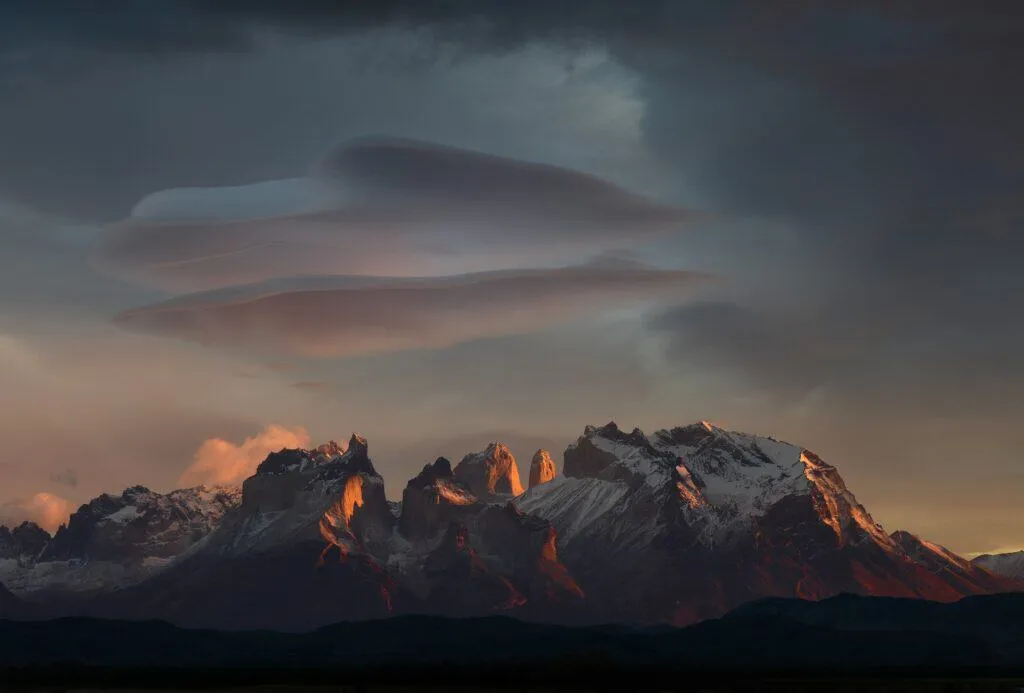
Who are your biggest literary influences?
I love Thomas Hardy but I’m not sure if he’s rubbed off on my work. One of my blurbers drew a comparison to Hemingway, which my teenage self is thrilled with, and to Bruce Chatwin. Although as a reporter I don’t fully truck with Chatwin’s somewhat elastic approach to facts. “Everything that is in the book happened,” he once told an Argentine critic of In Patagonia, “although of course in another order.”
I learned a lot from Gabriel García Márquez’s journalism, like News of a Kidnapping or his 1999 profile of Hugo Chávez. Sometimes the truth is stranger than fiction.
Before our clients travel, we send them a curated selection of books through our wonderful partners, John Sandoe. If you could recommend one South American writer, who would it be and why?
Aside from anything put out in translation by Charco Press (Dua Lipa is also a fan!) I’d go for Antonio Di Benedetto of Argentina, who writes in this incredibly dark and dreamlike register. His novels like Zama and Los Suicidas were admired by Bolaño, Borges and Cortázar but didn’t receive the renown they deserved in the anglophone world. That’s starting to change thanks to recent translations by Esther Allen and an inventive film adaptation of Zama by Lucrecia Martel.
Patria has been a resounding success with readers and critics. What’s next – do you have any new projects in the pipeline?
I’ve recently launched The Paraguay Post, an independent news source working with local photographers and writers. The Patria paperback is out in July, so I’m planning to head back to the UK to promote it. Once the dust has settled, we’ll see.
I’m fascinated by the Maya civilisation and the Yucatán. And I wonder whether, 50 years on from the 1957 publication of In Patagonia, there’s something fresh to be written about the region as it is today: host to Chinese ports and space stations, cutting-edge climate science, a billion-dollar cruise industry, growing geopolitical tensions and the re-emergence of Indigenous peoples like the Selk’nam who were formerly declared “extinct.”
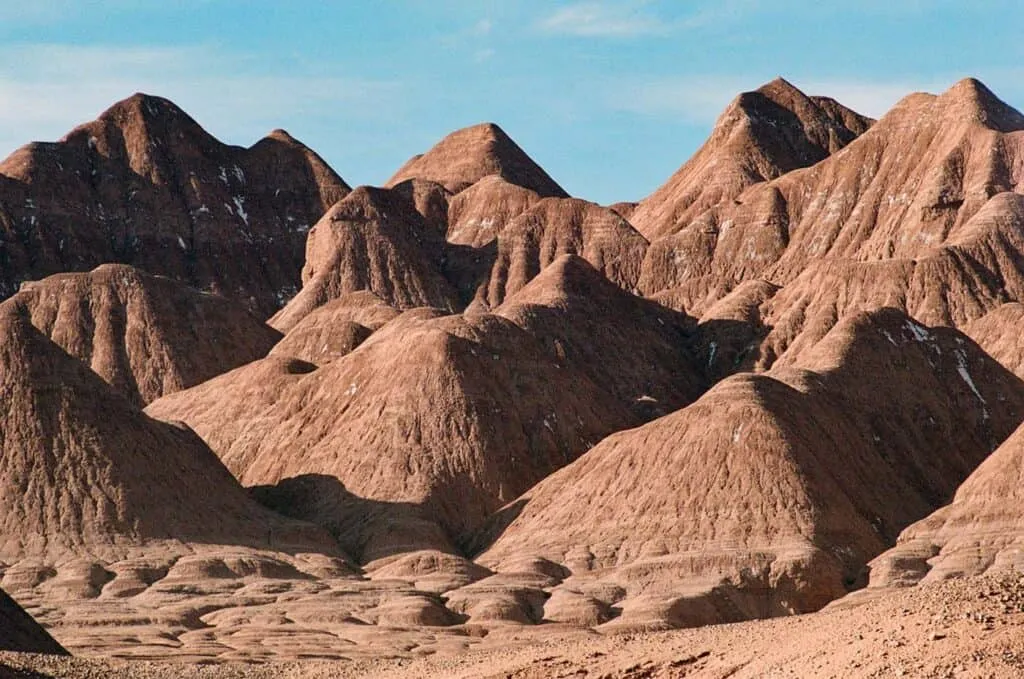
You’ve been in Asunción for a while now. If we were to visit the city for a weekend, how would you suggest we spend it?
Stay at Palmaroga in el centro: it’s a beautiful building, and is conjoined with La María Cocina y Carbón, which can induct you into the wonders of Paraguayan asado (barbecue with all the trimmings).
Get up early to beat the heat and wander along Calle Palma to take in the main historical sights: the Palacio de López just off to the left, the Pantheon, the train station. Score some tereré (chilled yerba mate with your herbs of choice) in the plaza and soak up the street life. The Museo del Barro is well worth a visit. And Óga, Táva and Pakuri are near-single-handedly revitalising Paraguayan gastronomy.
Which are your favourite areas of South America to travel to, and where is next on your list?
I have a soft spot for the Calchaquí Valleys in Salta, Argentina, which I hitchhiked in 2017 and road-tripped in 2023. There’s something of the Old West in the Andean desert landscape. The wine is pretty good too: my friend Martin Pekarek and his family are producing fine vintages entirely through solar power in the spectacular Condor Valley.
Next up is the Defensores National Park and the Estación Tres Gigantes, in the most remote portion of the Paraguayan Chaco and Pantanal respectively. Can I add Angel Falls in Venezuela?
What do you never travel without?
I’m not a smoker but I often take a packet of cigarettes on reporting trips. It gives you an excuse to stop and look at something, and is a good way to break the ice. I’m not religious either, but I keep a crucifix in my wash bag. A container ship captain on the Río Paraná said it would keep me safe when I set out researching Patria nearly eight years ago. So far, it seems to have done the trick.
If there’s one thing you hope readers take away from Patria, what would it be?
That South America’s past and present are far more rich and fascinating than the stereotypes. And that they’re tightly bound up with the history and future of the rest of the world. We ignore the continent at our peril.
